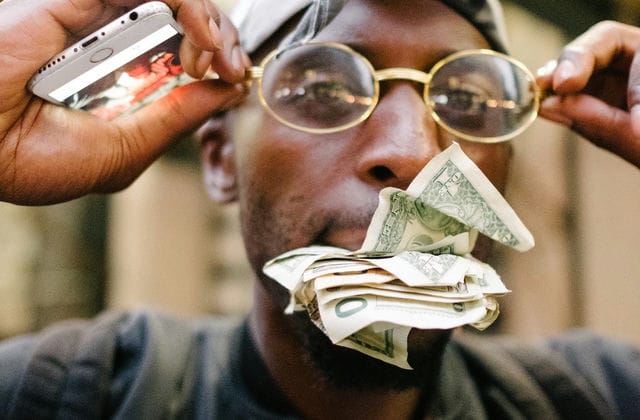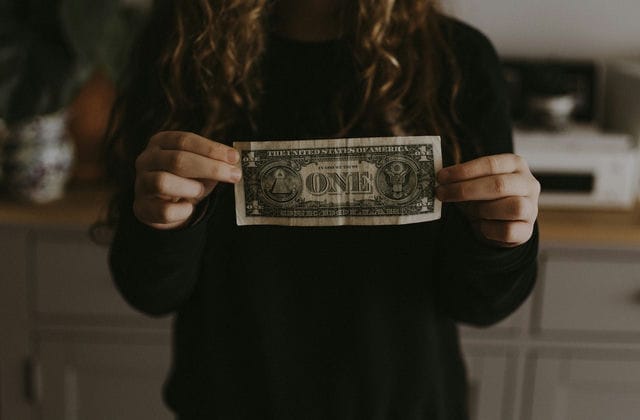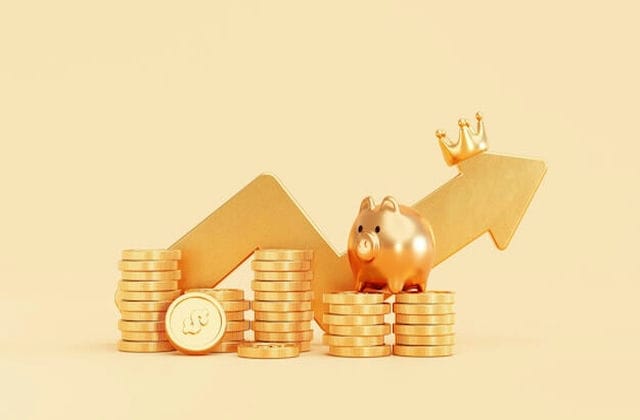Futures speculation is the use of futures trading provides the role of margin trading mechanism and T + 0 trading mechanism plus very low commission these three advantages, in order to obtain a small price jump in the plate for the purpose of the trading method.
Futures speculation single necessary two considerable conditions: one, low commission, futures speculation single short position time, each profit less decided must be low commission, fast open and close positions not only depends on speculation single person speculation single approach, another decisive factor is the futures company's fast trading system.

The futures speculation single can use the homeopathic, arbitrage, counter-trend and other speculation single method.
1, Homeopathic speculation single method
That is, the trend as a principle, according to the dynamic reflection of the plate year, grasp the daily price fluctuations in the fluctuation of the minimum price difference, and the trend of the short-term active purchase and sale of the operation behavior. For example, if the trend is expected to rise, buy and the price rises, the position will be closed immediately; if the price does not fall, continue to buy and the position will be closed with a slight profit; if the price is a short-term pullback, it will remain stationary until the price is no longer stable. The purchase will then continue until there is no real-time trend to follow. If there is a decline, the situation will be counterproductive.
2, Arbitrage speculation method
This is a rare method of futures speculation where the speculation must be in the same market for the same species. In an uptrend, choose a strong month contract to buy and a weak month contract to sell for a profit. Short selling is the exact opposite.
3, Counter-trend speculation method
This type of futures speculation is strange, often difficult to accept, and a rare method of speculation. In other words, the speculative price in the upward trend to grasp the daily fluctuation phase; down, counterproductive. This method of speculation is rare and very difficult.
What does it mean to go long and short in futures?
Long futures is an operation where investors expect market prices to rise, buy futures contracts at current prices and then sell them in the future to gain income; short futures is an operation where investors expect market prices to fall, sell futures contracts at current prices and then buy them in the future to gain income. In the futures market, whether you are long or short, you can make a profit, but it also carries a high level of risk.
In China, unlike the stock market where you can only go long, futures trading offers a two-way profit mechanism for going long and going short.
To go long is to go long. Long is a financial market term such as stocks, foreign exchange or futures: the premise is bullish, that is, optimistic about the future prospects of stocks, foreign exchange or futures, etc. and the initiative to buy hold waiting for the rise of profits.

To go short is to go short. To go short is to estimate that the market is going to fall in the future, so sell the contract and later, when the price has fallen, buy the contract at a lower price to make a profit on the difference.
If the investor expects the price to rise in the future, then he goes long (buys to open a position) and waits until the price rises (sells) to close the position, earning the difference = closing price - opening price.
Conversely, if an investor believes that the price of futures will continue to fall, then he or she can go short (sell to open a position) and wait until the price falls before closing the position (buy), again, the difference earned from this operation = the opening price - the closing price.
In addition, futures trading takes place on margin, with a T+0 trading model.





























